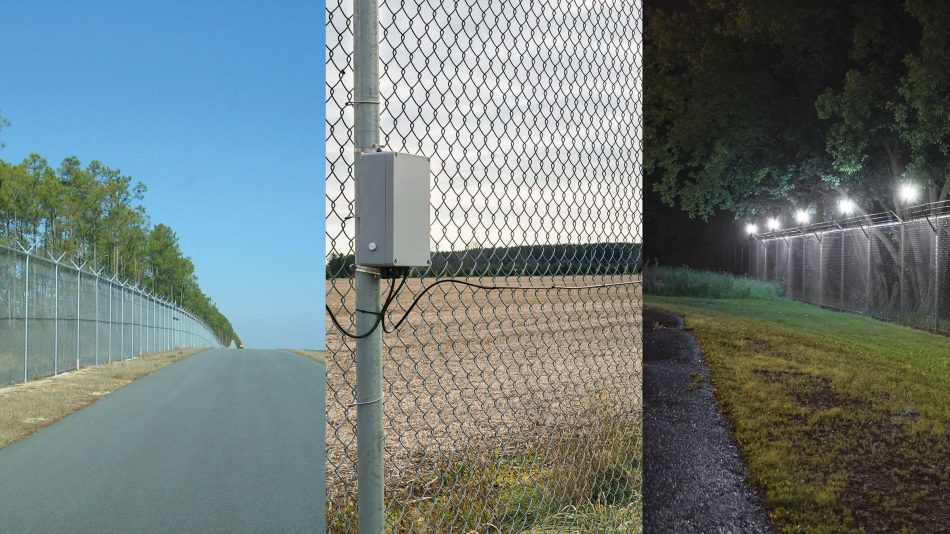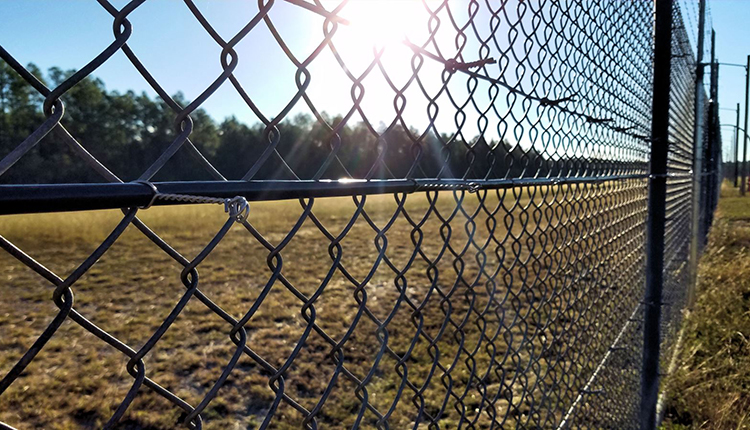Why Fiber Optic Safety And Security Systems Are the Future of Protection
The shift to fiber optic security systems marks a considerable innovation in the world of protection, driven by their phenomenal data transmission capabilities and resilience to exterior disturbances. These systems not only promote faster and more trusted communication yet likewise offer a cost-effective remedy with minimized maintenance needs. As the landscape of protection progresses together with arising technologies such as AI and IoT, the possibility for fiber optics to enhance and redefine protection facilities becomes significantly noticeable. Nonetheless, the effects of these innovations elevate crucial inquiries about the future of safety measures and their efficiency in an ever-changing atmosphere.
Benefits of Fiber Optic Solutions
Among the primary advantages of fiber optic systems is their remarkable data transfer capacity, which facilitates the transmission of huge volumes of information over fars away without significant loss. This particular is specifically beneficial for safety applications that call for the constant monitoring and transfer of high-definition video feeds, sensor information, and other essential info. Fiber optics can accommodate the expanding needs of modern safety systems, making certain that information continues to be intact and reliable.
Furthermore, fiber optic cable televisions are less susceptible to electromagnetic interference, which can be a significant problem in atmospheres with various electronic tools. This resistance enhances the stability of the information being transferred, thus decreasing the risk of information violations or system failings. In addition, fiber optic systems are naturally more protected than standard copper cords, as using a fiber optic line without discovery is exceedingly challenging.
The resilience of fiber optic wires additionally adds to their charm. They are immune to ecological variables such as dampness and temperature changes, reducing upkeep prices and enhancing system longevity. Generally, these benefits position fiber optic systems as a robust and reliable option for modern protection infrastructures, ensuring trustworthy and secure information transmission.
Improved Information Transmission Speed

The capacity to transfer substantial amounts of information quickly assists in the seamless combination of high-def video clip feeds and progressed analytics. Security systems can currently refine and assess information in real-time, enhancing response times and situational recognition. Furthermore, fiber optic links support longer transmission distances without degradation of signal quality, making them suitable for expansive protection networks.
The enhanced speed of fiber optic systems not just improves the effectiveness of safety and security operations yet additionally lowers latency. This is especially vital in crucial scenarios where timely decision-making can prevent protection breaches or mitigate potential threats. As companies remain to focus on safety and security and effectiveness, the demand for quick and reliable data transmission will unquestionably strengthen fiber optic systems as a cornerstone of modern safety and security infrastructure.
Resistance to Disturbance
Fiber optic security More Bonuses systems constantly show outstanding resistance to electro-magnetic disturbance, a vital advantage in settings susceptible to digital sound. Unlike traditional copper cables, which can be adversely impacted by electro-magnetic fields, superhigh frequency interference, and various other forms of electrical disturbance, fiber optic wires utilize light to transfer information. This fundamental property guarantees that the signals continue to be clear and unaltered, despite surrounding electronic activity.
The usage of glass or plastic fibers in fiber optic modern technology produces a barrier against disturbance, permitting trustworthy information transmission also in difficult situations such as industrial facilities, city locations with high digital traffic, or locations near radio towers. This characteristic significantly lowers the chance of signal degradation or loss, making fiber optic systems especially ideal for security applications where stability and accuracy of information are critical.
Moreover, this resistance to interference boosts the overall efficiency and dependability of security systems, ensuring that tracking and sharp systems work effortlessly. In a world where security is progressively endangered by innovative technologies, the durability of fiber optic systems attracts attention as a pivotal feature, enhancing their status as an important part of modern-day protection infrastructure.
Cost-Effectiveness Gradually
Significant cost savings can be attained with time with the implementation of fiber optic protection systems. While the preliminary financial investment may seem greater compared to conventional copper-based systems, the long-lasting financial advantages emerge with decreased operational and upkeep costs (fiber security). Fiber optic cords are naturally more resilient and much less vulnerable to ecological variables, which converts to lower substitute and repair work expenses over their lifespan
Additionally, fiber optic systems require less power to operate, which further lowers energy costs. Boosted information transmission capacities enable fewer repeaters and amplifiers, decreasing tools investment site link and simplifying installment best site processes. The scalability of these systems also adds to cost-effectiveness, as companies can broaden their safety facilities without incurring considerable additional expenses.
Another aspect to think about is the boosted effectiveness in tracking and feedback abilities that fiber optics give. Improved real-time data transmission can lead to quicker event response times, potentially mitigating losses and responsibilities connected with security violations. Altogether, the lasting advantages of fiber optic safety systems not only warrant the preliminary expenditure however also place them as a financially sensible option for organizations seeking durable security services.

Future Advancements in Safety And Security
Advancing modern technologies are established to change security systems, incorporating expert system (AI) and machine discovering to enhance risk detection and reaction capabilities. These technologies will permit security systems to assess substantial quantities of information in real-time, determining patterns and anomalies that show possible risks. This aggressive method will certainly enable much faster decision-making and extra reliable event responses.
Additionally, the unification of the Web of Points (IoT) is leading the way for interconnected protection tools, offering extensive security and monitoring. Smart sensors can relay info about environmental adjustments, while automated notifies can inform protection personnel instantly of suspicious tasks.
Additionally, the development of biometric technologies will certainly further bolster safety and security mechanisms. Facial acknowledgment, fingerprint scanning, and retina identification are ending up being extra innovative, supplying layers of verification that are tough to bypass.
Conclusion
In final thought, fiber optic safety systems represent a substantial improvement in protection innovation, using unequaled information transmission speed, resistance to electro-magnetic interference, and long-term cost-effectiveness. As the demand for innovative safety solutions remains to grow, the combination of fiber optics with arising modern technologies such as AI, IoT, and biometrics will further boost safety infrastructures (fiber security). The combination of these advancements will certainly guarantee a much more protected and responsive setting, solidifying optical fiber as a cornerstone of future security systems